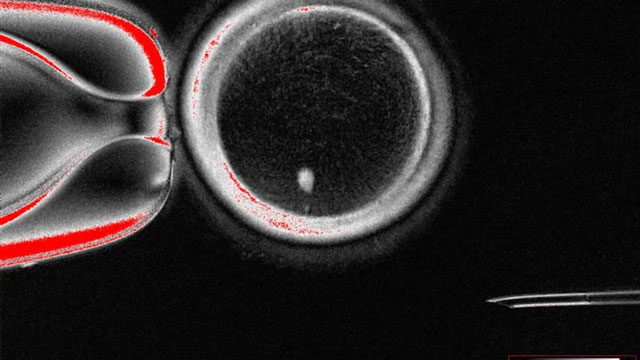Daijiworld Media Network – Washington
Washington, Oct 1: In a landmark scientific breakthrough, researchers announced on Tuesday that they have successfully created human eggs from skin cells and fertilised them with sperm in the laboratory for the first time. The achievement, though still in its early stages, could one day redefine infertility treatments and allow millions worldwide to have genetically related children.
The technique, known as in-vitro gametogenesis (IVG), has the potential to help older women, women without viable eggs, and even same-sex couples to have children genetically related to both partners, said Paula Amato, co-author of the study from the Oregon Health & Science University.

“This also would allow same-sex couples to have a child genetically related to both partners,” Amato told AFP, while cautioning that the technology remains at least a decade away from practical application.
The study, published in Nature Communications, used somatic cell nuclear transfer—the same method employed to clone Dolly the sheep in 1996. Scientists removed the nucleus from skin cells and inserted it into donor eggs that had their nucleus removed. To overcome the issue of skin cells carrying 46 chromosomes instead of the 23 required for eggs, the team used a new process called mitomeiosis, which mimics natural cell division.
The researchers created 82 developing eggs, which were fertilised through IVF. After six days, fewer than nine percent developed into embryos that could theoretically be transferred into the uterus. However, most showed abnormalities, and the experiment was halted.
Experts have nonetheless hailed the progress. Ying Cheong, a reproductive medicine researcher at the University of Southampton, called it an “exciting” step. “For the first time, scientists have shown that DNA from ordinary body cells can be placed into an egg, activated, and made to halve its chromosomes,” she said, adding that while still early work, the technology could one day transform how infertility and miscarriage are understood.
Other research groups are attempting a different approach, reprogramming skin cells into induced pluripotent stem cells that can then be turned into eggs. Amato said it was too soon to predict which method would ultimately succeed.
Despite the challenges, scientists are optimistic that the technology could eventually provide new hope to the one in six people worldwide affected by infertility.